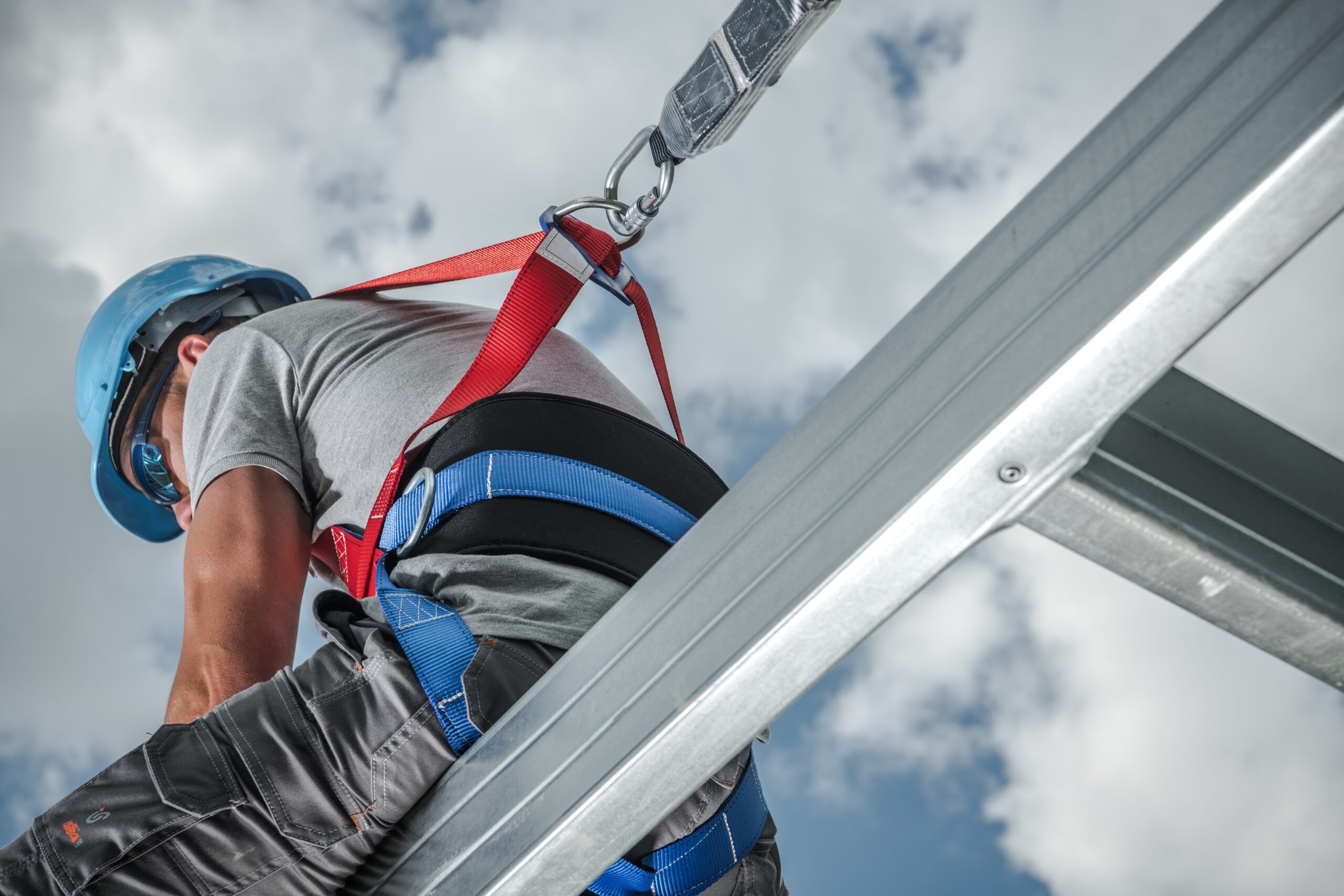Working at Height Training: Skills to Work Safely and Meet Regulations
Climbing ladders, working on rooftops, or handling tasks on scaffolding all come with serious risks if you’re not properly trained. Whether you’re a construction worker, maintenance tech, or window cleaner, you need to know how to stay safe when off the ground. That’s where working at height training comes in. It gives you the practical skills to protect yourself and others while staying within safety regulations. This kind of training isn’t just about ticking a box, it’s about learning how to use equipment correctly, spot hazards early, and make smart decisions when you’re up high. Here’s what you need to know.
Understanding the Risks of Working at Height
Before stepping onto a ladder, lift, or scaffold, it’s important to know what can go wrong. Falls from height remain one of the main causes of injuries at job sites. These incidents often happen when people skip safety steps or take shortcuts. Knowing what risks exist is the first step toward avoiding them.
One common danger is unstable footing. If a platform isn’t set up right, it can shift or tip over. Weather conditions like rain or wind can also make surfaces slippery and increase the chance of slipping. Loose tools and materials can fall from above and hit someone below. That’s why keeping your area clear matters just as much as securing yourself.
Another risk comes from not using equipment properly. Whether it’s a harness that’s not clipped in correctly or a ladder placed on uneven ground, small mistakes can lead to serious harm. Many workers don’t realise how fast accidents happen until it’s too late.
Electrical lines near scaffolding pose another threat. If metal touches live wires, shocks can occur instantly. This kind of hazard is often overlooked during quick jobs where time pressure leads to skipped checks.
Fatigue plays a role too. Long hours without breaks reduce focus and increase the odds of missteps or poor judgment at height.
That’s where working at height training steps in, it helps workers spot these hazards early and act before something goes wrong. It teaches people how to check gear, plan tasks safely, and understand what conditions make working off the ground more dangerous.
By building awareness through proper instruction, teams learn how to protect themselves and others nearby while staying productive on site without added risk.

Essential Skills for Safe Performance
Doing tasks above ground level needs more than just a harness and helmet. It requires people to understand what they’re doing, how to do it right, and how to stay out of danger. One of the first things workers need is the ability to use gear correctly. This includes knowing how to check ropes, lanyards, anchors, and other tools before each shift. If any part looks worn or damaged, it must be replaced immediately.
Another key skill is spotting risks before starting a job. Workers should know how to scan an area for problems like loose surfaces, weak structures, or falling objects. Being able to point out these dangers early can stop accidents from happening later on. This kind of thinking becomes second nature with proper working at height training.
Emergency response is also a big part of working safely in high places. A team member may slip or become unable to move due to illness or injury while up high. In these moments, fast action matters most. Employees must know how to carry out basic rescue steps until help arrives or the situation changes.
Communication plays a role too. Everyone should be able to share updates clearly with others nearby, especially when lifting materials or adjusting positions on platforms or ladders.
Balance control and body awareness help workers move with care in tight spaces where one wrong step could lead to harm. These physical skills improve over time but require focus from day one.
Lastly, understanding weather conditions helps prevent risky choices during wind or rain events that make surfaces slick and unstable.
Each of these areas supports safer behavior while doing elevated jobs and all can be learned through hands-on sessions guided by experienced trainers who’ve worked in real-world situations themselves.
Why Working at Height Training Is Non-Negotiable
Climbing ladders, working on rooftops, or standing on scaffolding all come with serious risks. A small mistake can lead to major injuries. That’s why height training isn’t just helpful, it’s required. It teaches workers how to spot dangers before they act and how to use safety gear the right way.
This kind of training covers more than just wearing a harness. It explains how to check tools and equipment before starting the job. It also shows how weather, surfaces, and even clothing can make a big difference when working above ground level. When people know what to look out for, they avoid putting themselves and others in danger.
Employers also have legal responsibilities when it comes to keeping their teams safe. Safety laws demand that anyone who works at height must be trained properly. Without proof of this training, companies risk fines or worse if there’s an accident. The cost of skipping training is much higher than the time it takes to complete it.
It also helps reduce insurance claims and missed days due to injury. When fewer accidents happen, projects stay on track and budgets don’t spiral out of control because of medical bills or legal fees.
Workers gain more confidence too when they know what they’re doing is backed by real knowledge, not guesswork. This leads to smoother teamwork since everyone knows the same rules and follows the same steps.
Training keeps things clear for both employers and workers, no guessing, no shortcuts, just proven methods that lower risk every day someone goes up a ladder or stands near an edge.

Meeting Legal Requirements and Industry Standards
Employers who deal with jobs above ground level must follow clear rules. These rules come from government bodies and safety organisations. They exist to lower the risk of injury and protect workers. Businesses that ignore these laws can face fines or legal issues. So, it’s important to understand what’s required and put the right steps in place.
Regulations often say that anyone working off the ground must get proper instruction. This includes knowing how to use equipment like ladders, lifts, or harnesses. It also means learning how to spot risks before starting a task. Working at height training covers all of this in detail. It helps employees learn what they need to do their job safely and legally.
Training isn’t just about checking a box once. Rules call for regular refreshers so workers stay up-to-date on safety practices. Laws also require businesses to keep records showing who completed training and when it happened.
Beyond teaching staff, companies should run safety checks often. These audits help find weak spots in current practices before they lead to problems. For example, an audit might show that gear is worn out or that staff need more support handling certain tools.
To meet industry standards, employers should choose certified programs from trusted providers. That way, they know the material meets national guidelines for safety at heights.
Supervisors also play a role here by watching how tasks get done day-to-day. If someone skips steps or uses gear wrong, it needs fixing fast, not later during an inspection.
By sticking closely to rules and setting up strong habits around training and review, businesses can lower risk while staying within legal limits every step of the way.
Staying Safe Above Ground Starts with the Right Training
When it comes to working at height, knowing the risks is just the beginning. To truly stay safe, workers need practical skills, proper awareness, and a solid understanding of legal responsibilities. That’s where working at height training becomes essential, not just for compliance, but for confidence on the job. From mastering safety techniques to meeting industry standards, this kind of training empowers teams to do their jobs efficiently and without unnecessary risk. Investing in it isn’t just smart, it’s non-negotiable if you want to protect your people and your business.
